Helen B
TPF Noob!
- Joined
- Sep 16, 2007
- Messages
- 3,296
- Reaction score
- 467
- Location
- Hell's Kitchen, New York
- Can others edit my Photos
- Photos NOT OK to edit
I also agree. There are very few situations in which you can't do a white balance with a white surface, grey card or polystyrene/styrofoam cup (held over the front of the lens). That doesn't mean that it is not worth having a good idea of what the colour temperature of the source is likely to be.
Just as an aside, the bright white copy paper may not be ideal for a truly neutral white balance - they usually put a lot of UV brighteners into that sort of paper. Styrofoam cups do not have optical brighteners. You could also spend some money and get a commercial grey card.
Doing a white balance with something other than a white card can also be useful at times. The most common variation of that is probably the use of a pale blue card to give a warm balance. I carry a DSC White 'n Warm set of cards, but you can just as easily use paint sample cards, pale blue paper, lighting gels with white paper - whatever. You just do a white balance with a surface that is the opposite of the colour tint you want.
I don't know how widespread that technique is in still photography, but it is common in video. It is a way of reducing post-production time - getting it right in camera. It is one of the techniques I teach in the introductory session of a workshop for both digital still and video.
Best,
Helen
Just as an aside, the bright white copy paper may not be ideal for a truly neutral white balance - they usually put a lot of UV brighteners into that sort of paper. Styrofoam cups do not have optical brighteners. You could also spend some money and get a commercial grey card.
Doing a white balance with something other than a white card can also be useful at times. The most common variation of that is probably the use of a pale blue card to give a warm balance. I carry a DSC White 'n Warm set of cards, but you can just as easily use paint sample cards, pale blue paper, lighting gels with white paper - whatever. You just do a white balance with a surface that is the opposite of the colour tint you want.
I don't know how widespread that technique is in still photography, but it is common in video. It is a way of reducing post-production time - getting it right in camera. It is one of the techniques I teach in the introductory session of a workshop for both digital still and video.
Best,
Helen


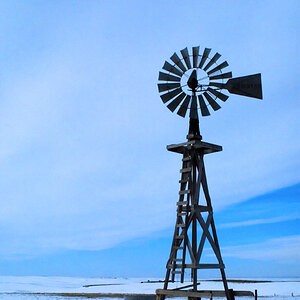
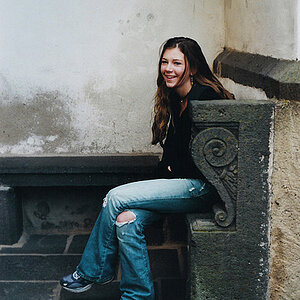
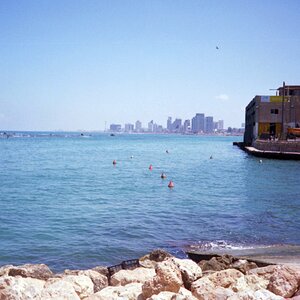
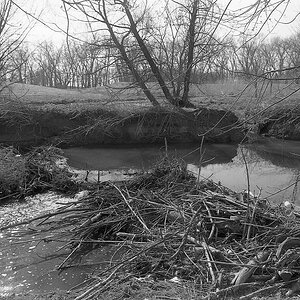
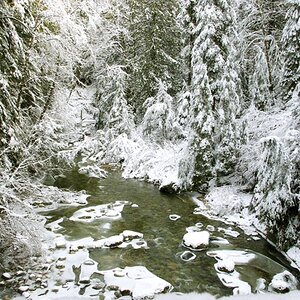

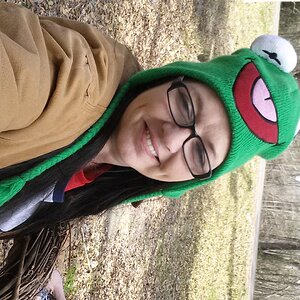
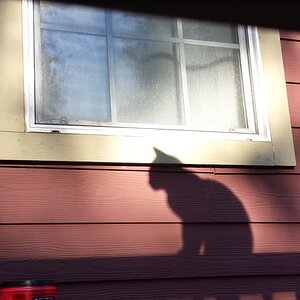
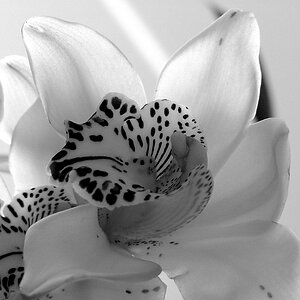
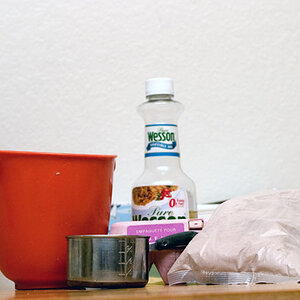
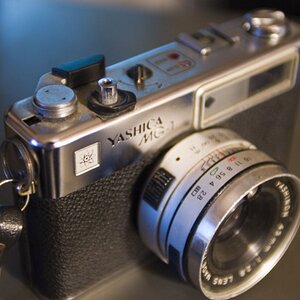
![[No title]](/data/xfmg/thumbnail/32/32168-fd80621d6068dd5050eb33595e34e6cf.jpg?1619735234)